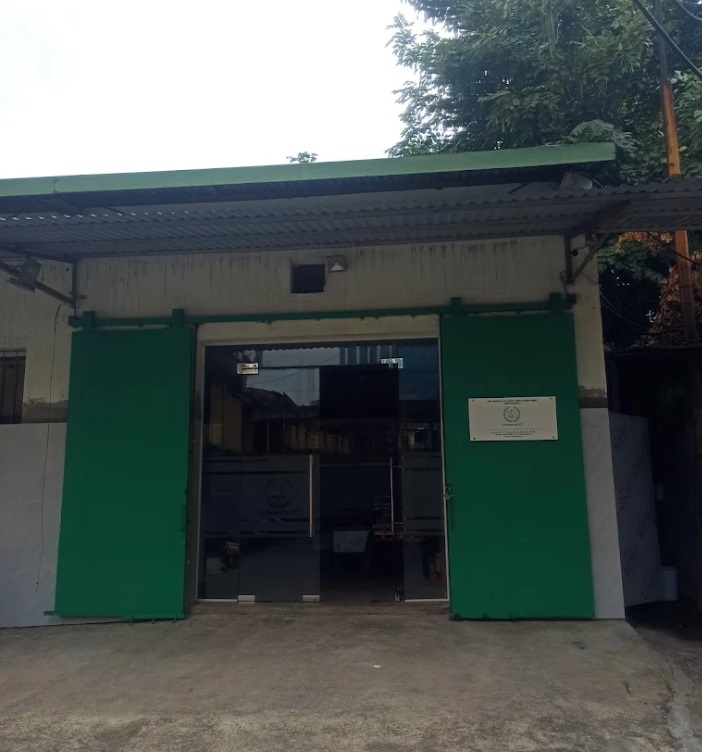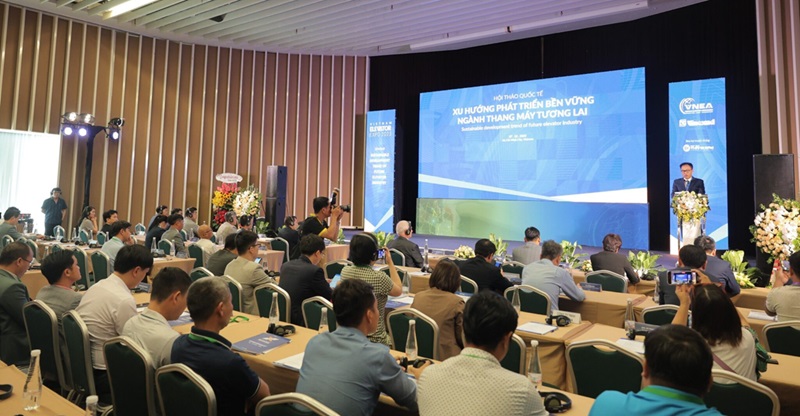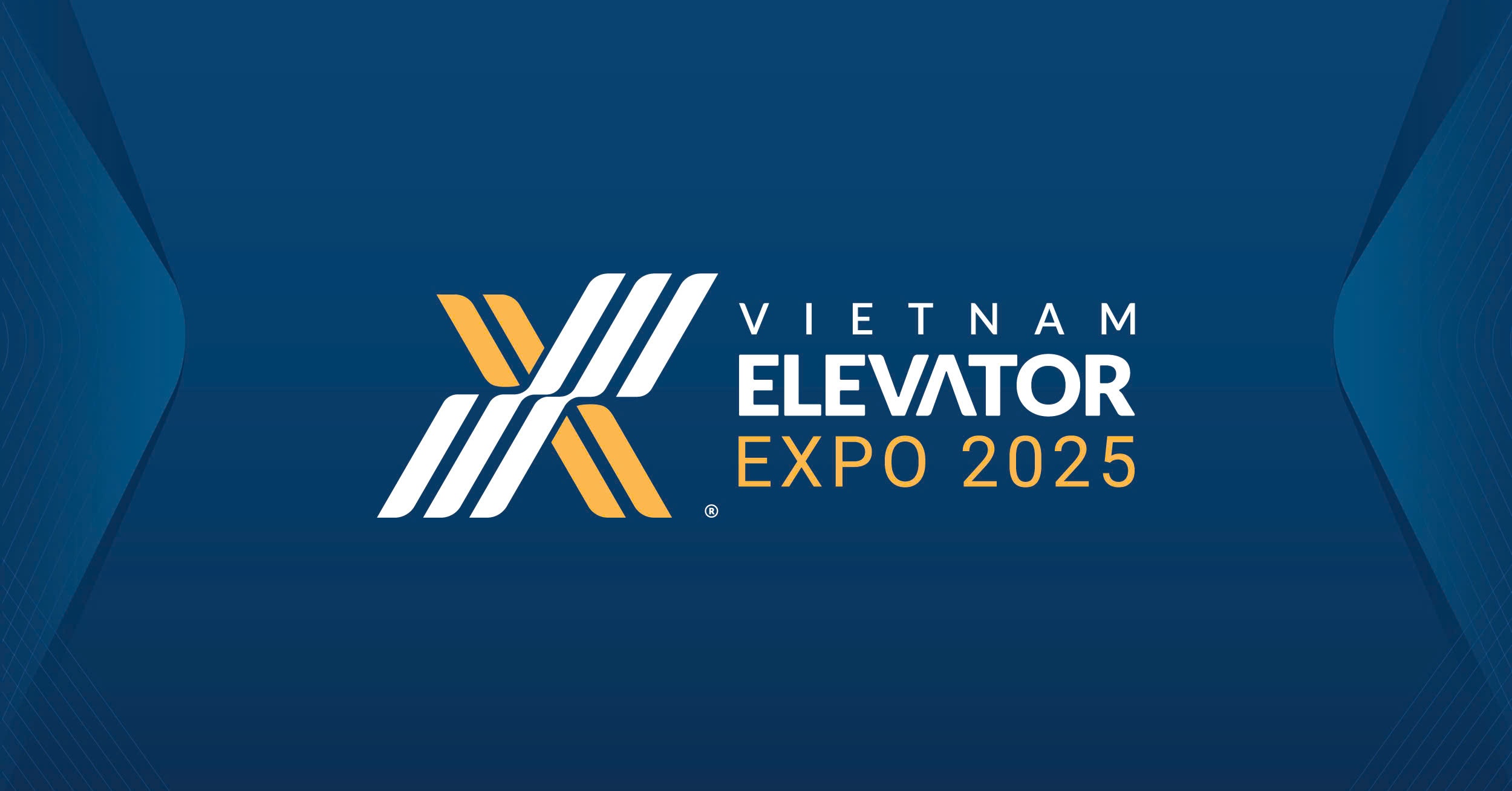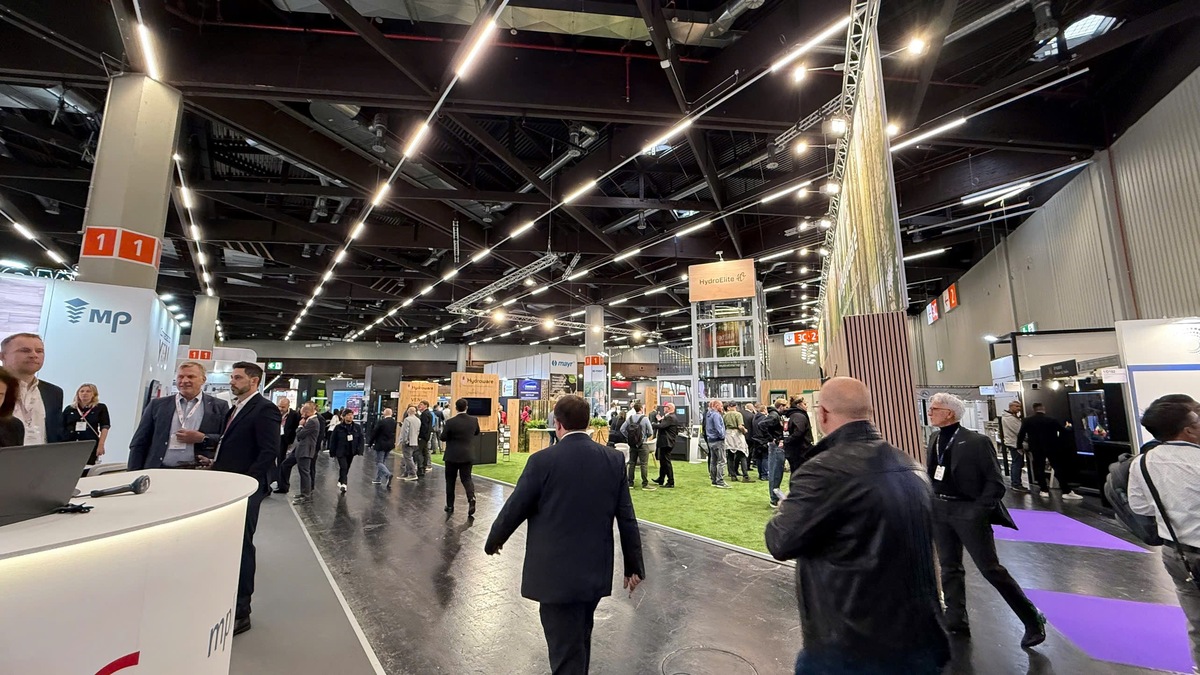EM – Under Circular No. 13/2024/TT BLDTBXH, all elevator safety components must be tested domestically. However, with only one designated testing organization nationwide, many companies are concerned about capacity, costs, and market bottlenecks.
Circular No. 13/2024/TT-BLDTBXH (hereinafter referred to as “Circular No. 13”), issued on 5th December 2024 and effective from 1st February 2025, officially repeals Article 6 of Circular No. 26/2018/TT-BLDTBXH. This provision had previously allowed for the “recognition or application of test results given by overseas laboratories”.
According to Mr Ngo Ho A – representative of INCOSAF (Technical Inspection, Safety and Construction Consulting Joint Stock Company) – under the changes brought by Circular No. 13, all elevator safety devices must now be retested in designated domestic testing laboratories, instead of being certified based on manufacturer-conducted overseas testing.
Mr Ngo Ho A also confirmed that Vietnam currently has only one testing facility capable of performing such work – the laboratory of Vinacontrol Certification and Inspection JSC, located in Hanoi. Relying solely on Vinacontrol introduces significant financial and timing risks for businesses.
Specifically, under Decision No. 496/QĐ‑BLDTBXH of the Ministry of Labour, Invalids and Social Affairs, dated 27th February 2025, Vinacontrol Certification and Inspection JSC has been designated as the entity responsible for conducting conformity testing per national technical regulations for Group‑2 products and goods under the Ministry’s jurisdiction.
Pursuant to the “List of scope of Group‑2 products and goods designated for testing” attached to that Decision, under Section VI: Elevators; elevator safety components (types of elevators with maximum speed up to 6 m/s), the organization is required to test five elevator safety components, namely:
Accordingly, Vinacontrol Certification and Inspection JSC is presently designated to test five out of the six mandatory elevator safety components. The shut‑off valve/check valve of hydraulic elevators remains outside the authorized testing scope.
During a consultation session held on the afternoon of 9 June 2025 by the Vietnam Elevator Association regarding Circular No. 13, numerous lift industry stakeholders voiced concerns that, with hundreds of thousands of elevators installed and put into service annually subjecting to this single testing facility, can Vinacontrol handle the sheer volume and workload?
“If Circular No. 13 is applied, how long will it take for the sole testing laboratory of Vinacontrol to test hundreds of thousands of elevators installed and in service within one year?” questioned Mr Nguyễn Hong Thai, representative of TK Elevator Vietnam, raising doubts over Vinacontrol’s capacity.
Issue of insufficient or non‑existent conformity assessment bodies
Under the Law on Standards and Technical Regulations and the Law on Product and Goods Quality, the issuance of QCVN and the designation of conformity assessment bodies are independent and largely separate processes. During the development of QCVN, there is no requirement to demonstrate or appraise the capabilities of conformity assessment bodies.
This raises a significant risk that technical regulations may be enacted without having any qualified bodies authorized to certify conformity. Such a gap could effectively block the supply chain for products required to comply with these regulations.
Even if a conformity assessment body exists, if its number or capacity is insufficient, bottlenecks in the movement of goods may still occur. Moreover, this could lead to de facto monopolies in testing services, adding barriers to production and eroding fair competition.

Currently, the Vinacontrol laboratory at 25-27 Truong Dinh Street, Hai Ba Trưng District, Hanoi is the only facility in the country designated by the Ministry of Labour, Invalids and Social Affairs for testing Group‑2 products and goods, including elevators. (Photograph taken in December 2023).
The issue of lacking conformity assessment bodies is not exclusive to the elevator industry. In practice, there have been cases in which products and goods were required to obtain certificates of conformity issued by designated conformity assessment bodies while, in reality, no such body had been designated. The direct consequence of this situation was import congestion, resulting in serious losses for enterprises.
Case Study 01: Absence of designated conformity assessment bodies for wood adhesives
For wood adhesive products, the 2018 version of QCVN 03-01:2018/BNNPTNT – National Technical Regulation on Wood Adhesives requires that the certificate of conformity must be issued by a conformity assessment body designated by the Ministry of Agriculture and Rural Development.
However, no conformity assessment body had been designated following the effective date of the QCVN, which led to bottlenecks in the clearance of imported goods at ports. The Ministry was compelled to urgently designate three organizations on the same day and subsequently removed this requirement in the 2022 revised version, recognizing certificates of conformity issued by certification bodies registered to operate in conformity assessment services in accordance with Decree No. 107/2016/ND-CP of the Government stipulating conditions for conducting conformity assessment service businesses.
Case study 02: Absence of capable testing laboratories for 5G technology
Two National Technical Regulations – QCVN 127:2021/BTTTT on Standalone 5G Mobile Terminal Equipment – Radio Access Part and QCVN 129:2021/BTTTT on Non-Standalone 5G Mobile Terminal Equipment – Radio Access Part – apply to 5G technology, primarily in terminal equipment such as mobile phones.
At the time these QCVN were issued and took effect, Vietnam had no testing laboratory capable of performing all the testing criteria required under the two regulations.
The Ministry of Information and Communications subsequently issued a document allowing exemptions from certain testing criteria in these two QCVN for which no testing services were available in Vietnam. However, in 2023, the Minister of Information and Communications promulgated Circular No. 04/2023/BTTTT, requiring full compliance with all testing criteria, with an effective timeline of only 45 days from issuance to enforcement.
This caused significant disruption to the mobile phone supply chain in Vietnam at that time, as there was no conformity assessment body capable of meeting the requirements. The Ministry of Information and Communications was then compelled to urgently and unilaterally recognize certain foreign laboratories to facilitate customs clearance for businesses.
The Ministry also worked with domestic testing organizations to expedite the designation of qualified conformity assessment bodies. According to some enterprises, the investment cost for testing equipment meeting these standards amounts to tens of billions of VND. Due to the limited number of designated organizations, the testing cost for each model remains extremely high.
“The cost of testing and conformity certification for 5G phones after 2022 reached up to 3 billion VND and has now stabilized at around 1 billion VND per sample. In 2023, we observed that the number of 5G phones released to the market by some manufacturers had dropped to only one-third of the levels prior to 2022. Is this due to compliance costs being disproportionately high compared to the market scale?”, said Mr. Tran Thanh Phuong, Director of ExtendMax Vietnam Company Limited, at a seminar organized by VCCI.
The shortage of domestic testing capacity is relatively common for information technology and telecommunications products under the management of the Ministry of Information and Communications. In this context, the Minister issued Circular No. 10/2023/TT-BTTTT and Circular No. 02/2024/TT-BTTTT to suspend the effectiveness, in whole or in part, of several technical regulations for 5G devices, Wi-Fi, NFC, wireless chargers, etc.
* For instance: QCVN 117:2020/BTTTT on Terrestrial Mobile Terminal Equipment – Radio Access Part; QCVN 53:2017/BTTTT on Point-to-Point Digital Microwave Radio Equipment; QCVN 55:2023/BTTTT on Short-Range Radio Devices operating in the 9 kHz to 25 MHz band and Inductive Loop Systems operating in the 9 kHz to 30 MHz band.
This temporary suspension was explained as a measure to allow domestic laboratories time to enhance their testing capabilities before full enforcement could proceed. Had such a roadmap been anticipated and communicated at the time of initial regulation issuance, many of the resulting difficulties could have been avoided.
Case study 03: Shortage of veterinary drug testing laboratories
QCVN 01-187:2018/BNNPTNT on Veterinary Drugs – General Requirements mandates testing for veterinary drug products. Currently, there are only three laboratories nationwide with the requisite capabilities, all of which are public institutions: the Central Veterinary Drug Testing Center I and the Central Veterinary Drug Testing Center II, both under the Department of Animal Health of the Ministry of Agriculture and Rural Development; and the National Institute for Food Control under the Ministry of Health. The extremely limited availability of testing services has resulted in extended processing times and high costs for veterinary drug manufacturers.
The lessons learned from the absence or insufficiency of conformity assessment bodies across these different sectors and products highlight the importance of thorough regulatory planning.
In the current context, a critical question arises: Will the shortcomings of Circular No. 13 be promptly reviewed and adjusted to better reflect market realities, thereby ensuring a balance between stringent regulatory oversight and sustainable growth of the elevator sector, while avoiding adverse impacts on both enterprises and consumers?



